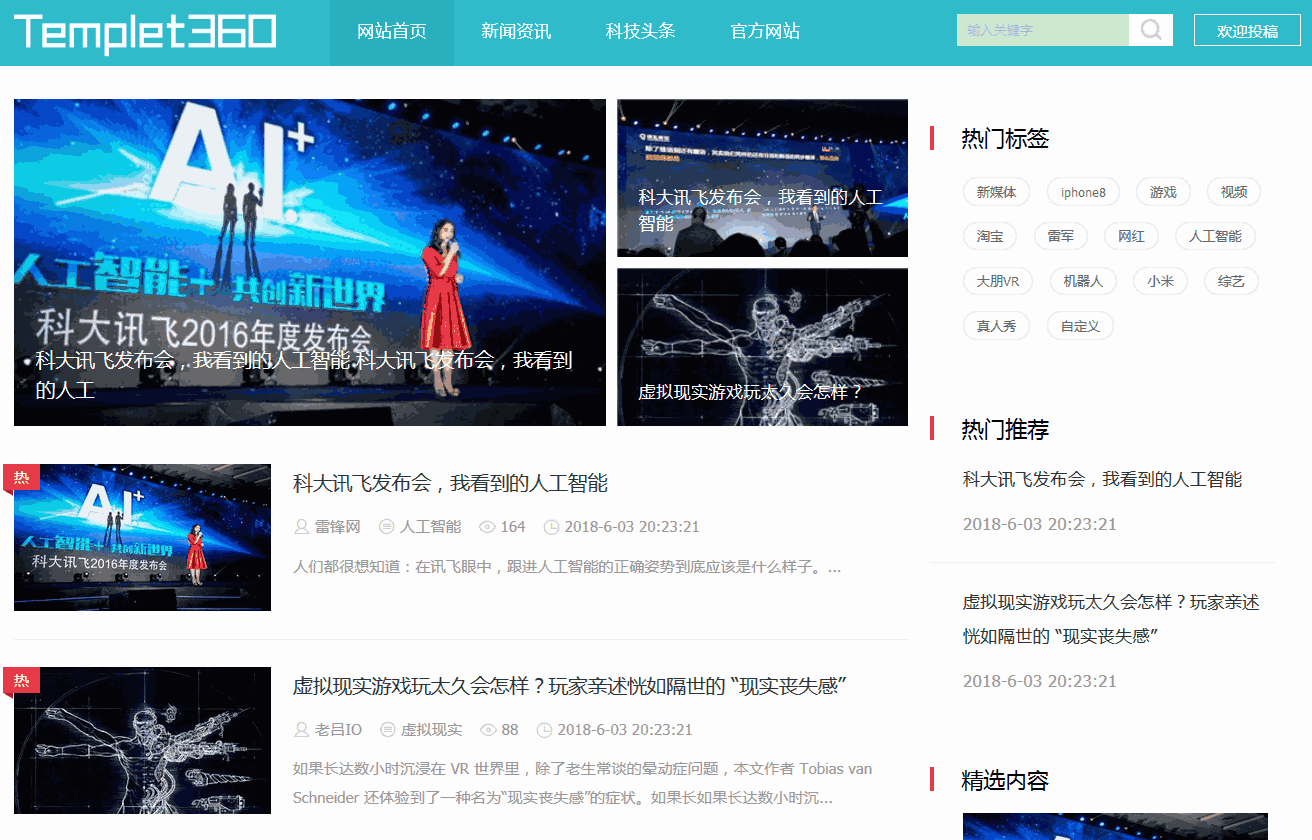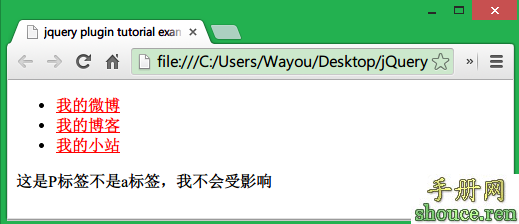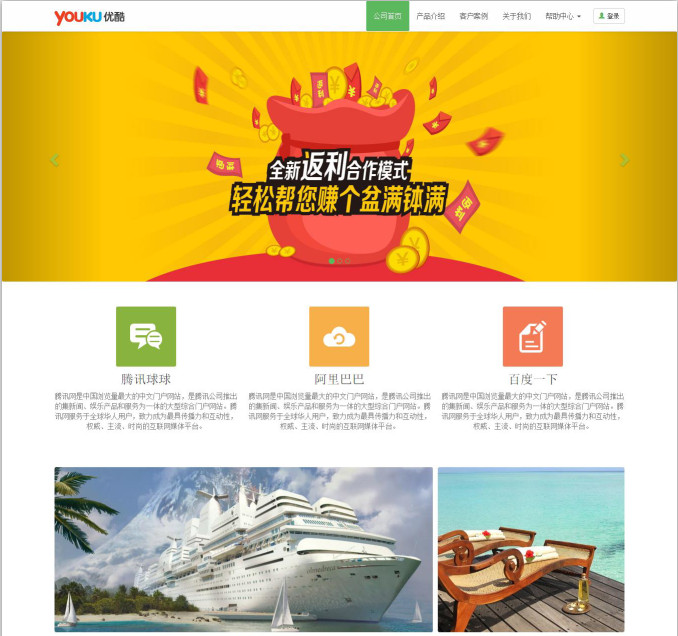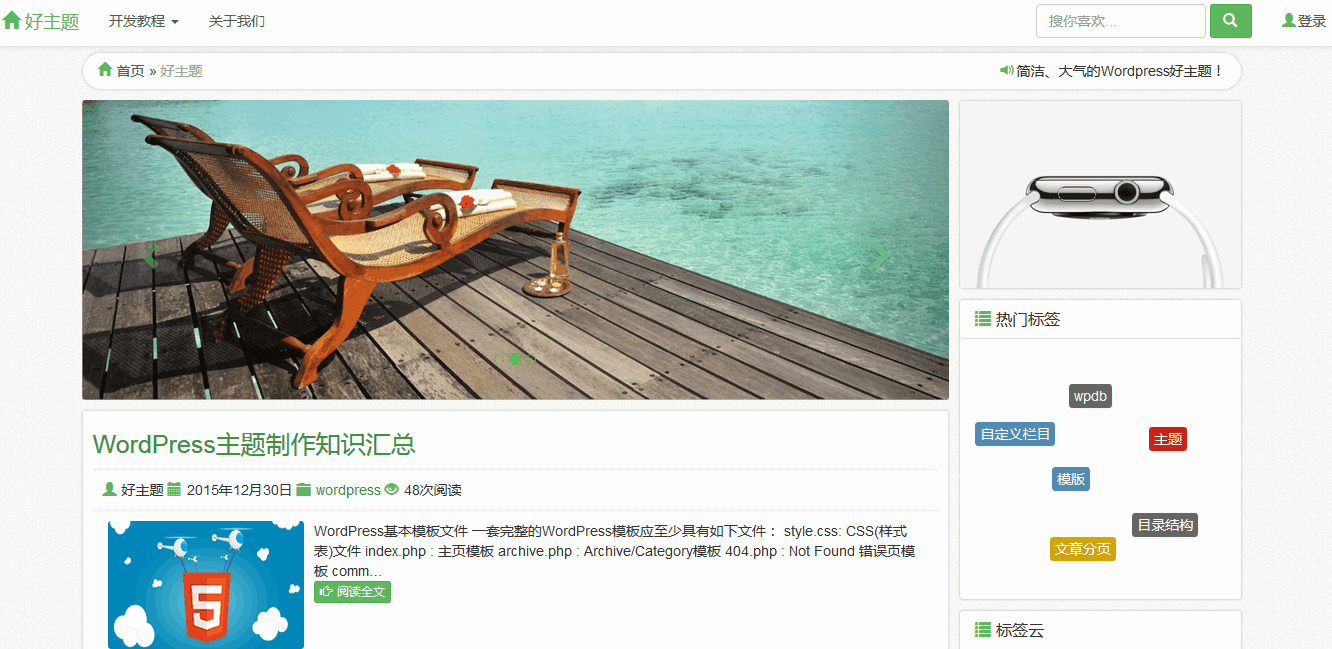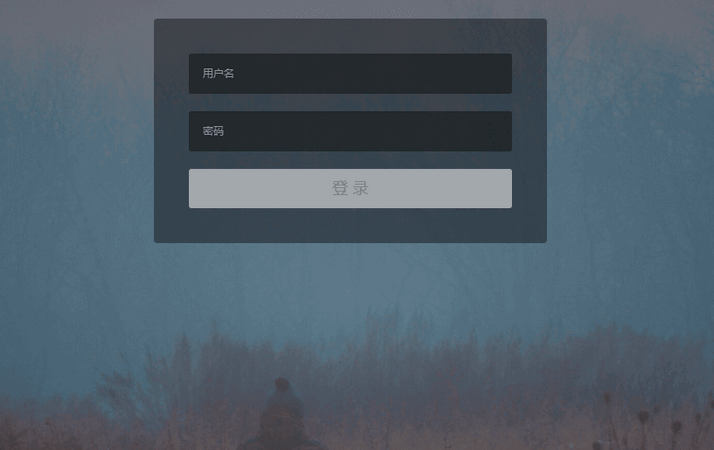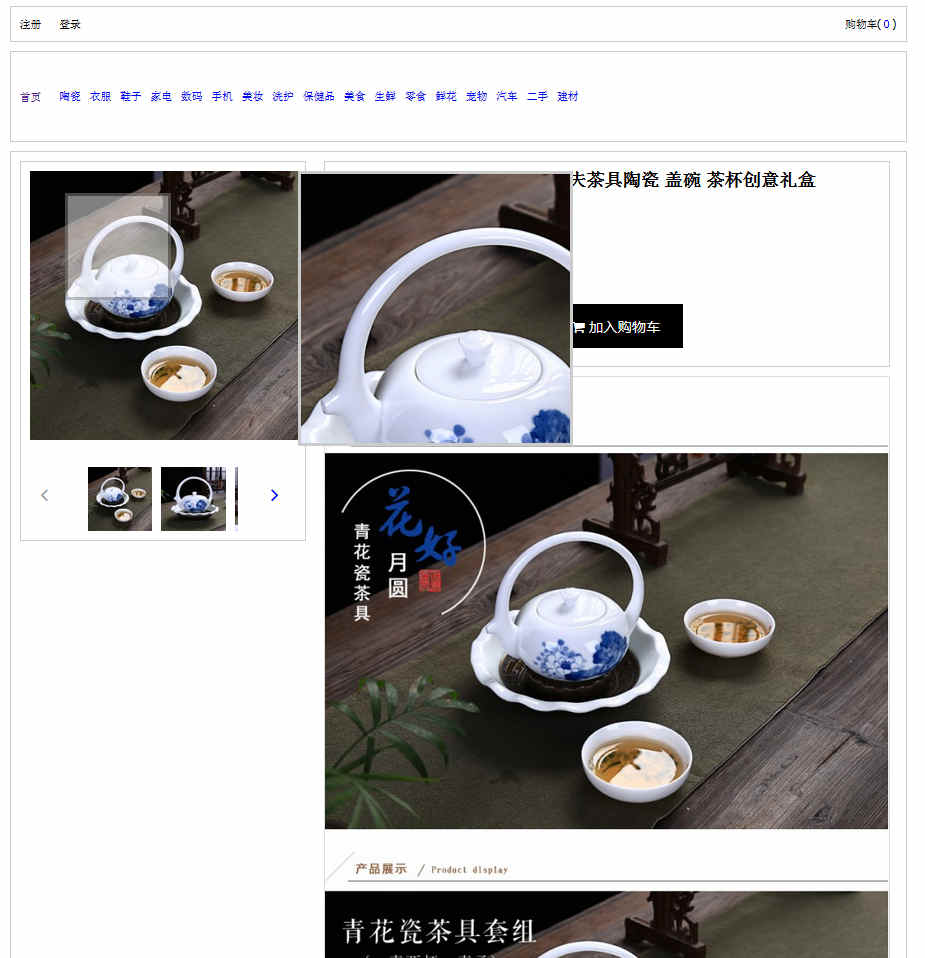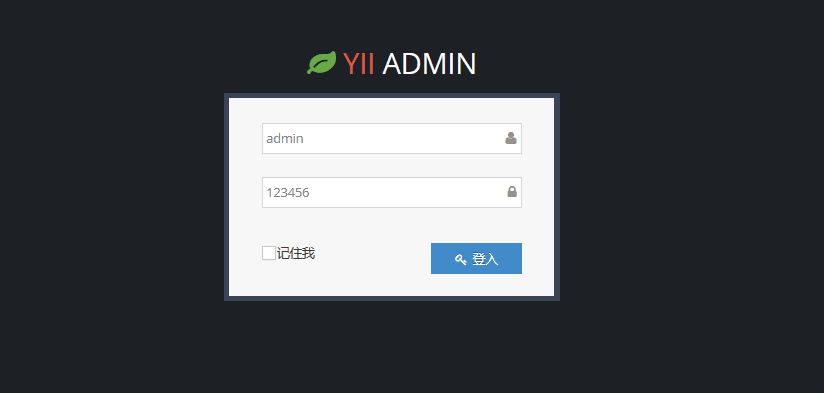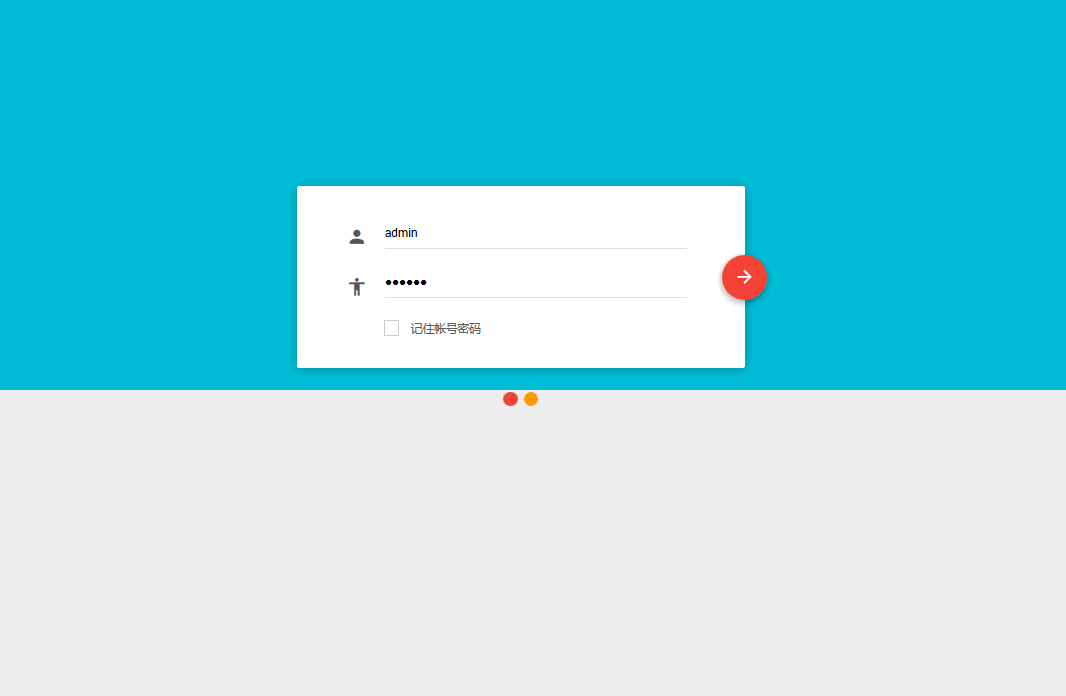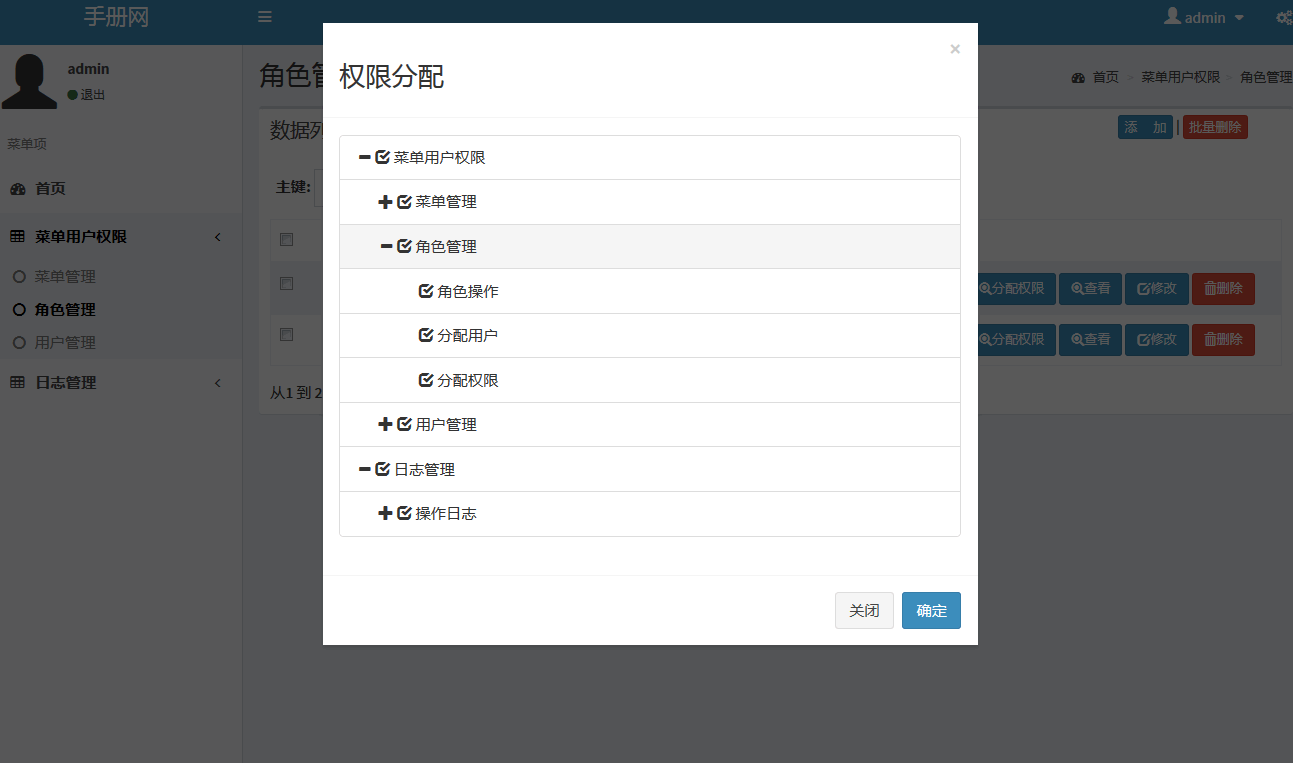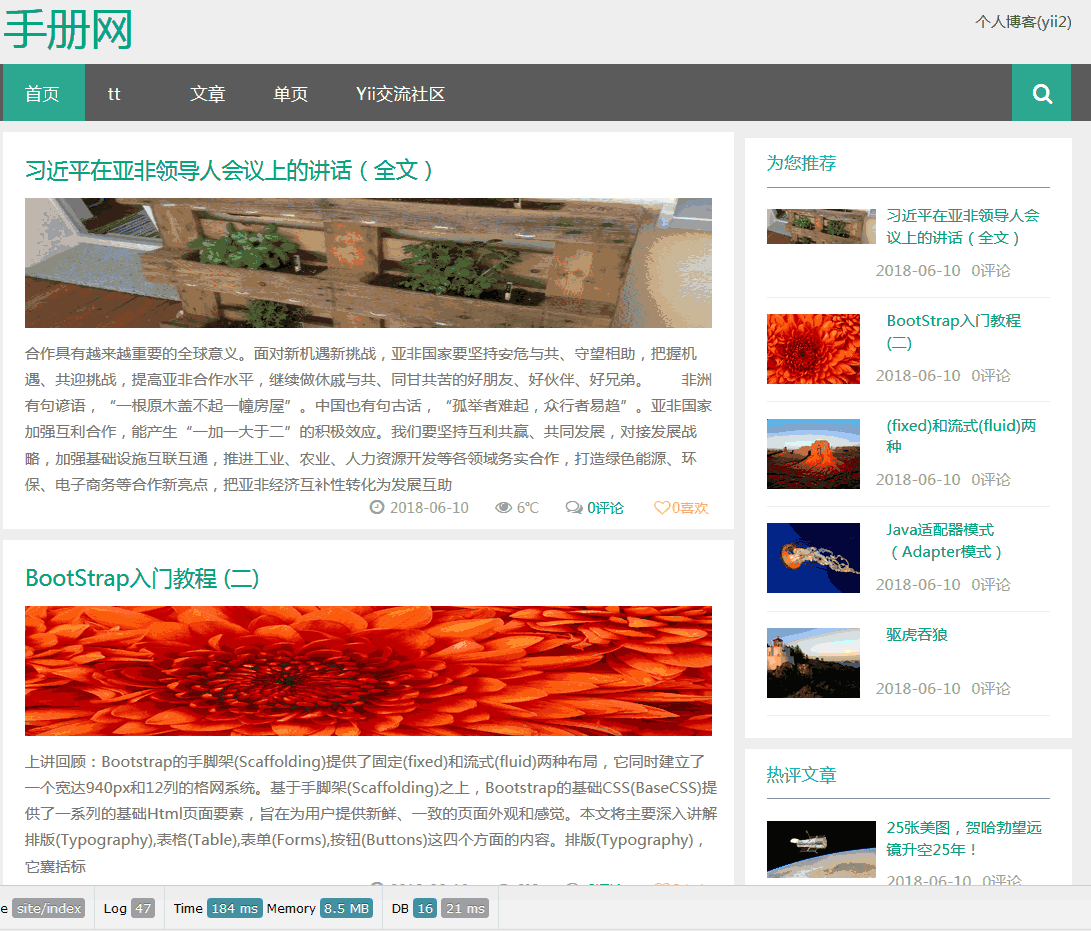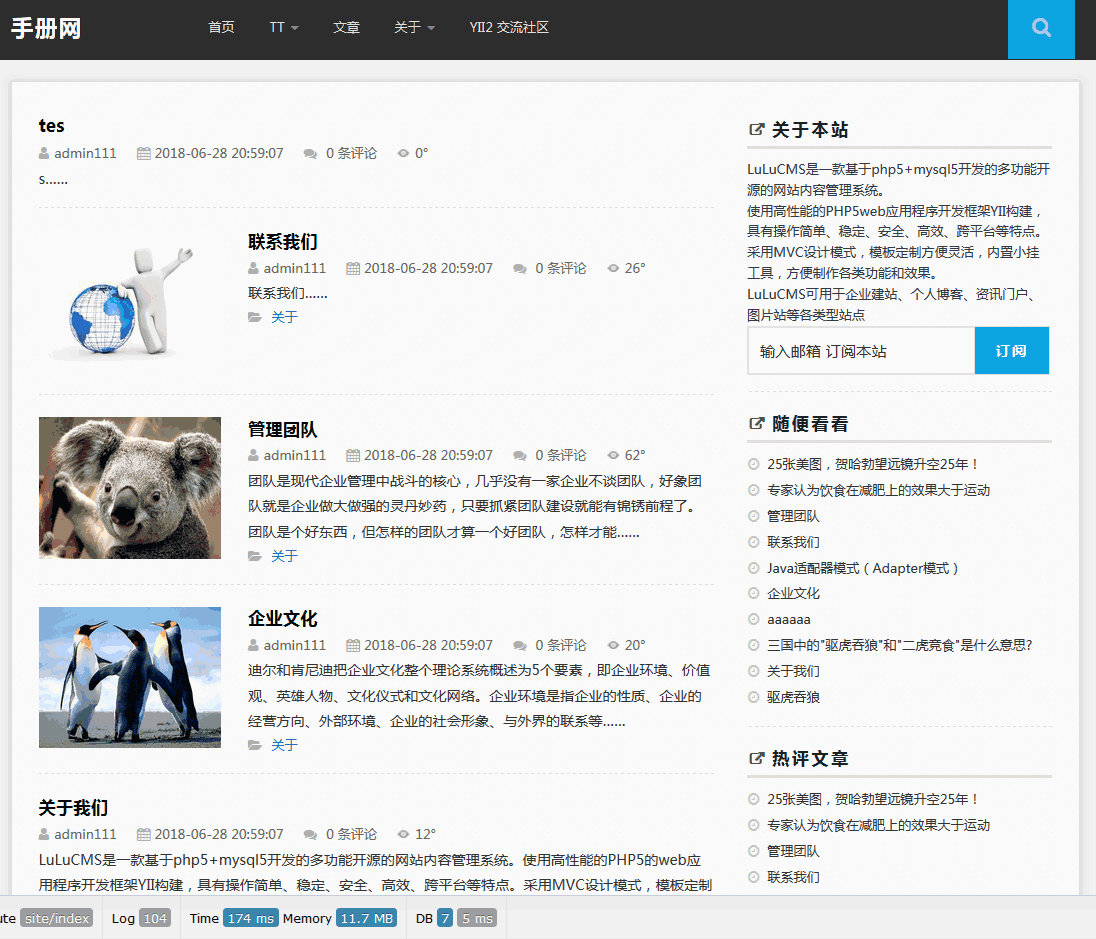Android ExpandableListView的使用 类似QQ好友列表
jerry Android 2015年11月23日
收藏
ExpandableListView效果相当于一个分组的ListView,点击组,会收缩或展开该组下的子元素,如下图:

ExpandableListView的用法与ListView和GridView,Gallery 类似,都是通过一个Adapter来显示.
main.xml:
- <?xml version="1.0" encoding="utf-8"?>
- <LinearLayout xmlns:android="http://schemas.android.com/apk/res/android"
- android:orientation="vertical" android:layout_width="fill_parent"
- android:layout_height="fill_parent">
- <ExpandableListView android:id="@+id/elv" android:indicatorRight="160dp"
- android:layout_width="fill_parent" android:layout_height="fill_parent">
- </ExpandableListView>
- <!-- indicatorRight 设置那个小图标右边缘与 ExpandableListView左边缘的间距-->
- </LinearLayout>
ElvAdapter.java
- package com.test;
- import java.util.ArrayList;
- import android.content.Context;
- import android.view.View;
- import android.view.ViewGroup;
- import android.widget.BaseExpandableListAdapter;
- import android.widget.ExpandableListView;
- import android.widget.TextView;
- import android.widget.LinearLayout.LayoutParams;
- public class ElvAdapter extends BaseExpandableListAdapter
- {
- ArrayList<ElvObject> objs;
- Context context;
- ElvAdapter(Context context,ArrayList<ElvObject> objs)
- {
- this.objs=objs;
- this.context=context;
- }
- @Override
- public Object getChild(int groupPosition, int childPosition)
- {
- // TODO Auto-generated method stub
- return objs.get(groupPosition).childs.get(childPosition);
- }
- @Override
- public long getChildId(int groupPosition, int childPosition)
- {
- // TODO Auto-generated method stub
- return childPosition;
- }
- @Override
- public View getChildView(int groupPosition, int childPosition, boolean isLastChild, View convertView, ViewGroup parent)
- {
- //子元素的View
- TextView tv=new TextView(context);
- tv.setText(objs.get(groupPosition).childs.get(childPosition));
- tv.setLayoutParams(new ExpandableListView.LayoutParams(ExpandableListView.LayoutParams.FILL_PARENT,ExpandableListView.LayoutParams.WRAP_CONTENT));
- return tv;
- }
- @Override
- public int getChildrenCount(int groupPosition)
- {
- // TODO Auto-generated method stub
- return objs.get(groupPosition).childs.size();
- }
- @Override
- public Object getGroup(int groupPosition)
- {
- // TODO Auto-generated method stub
- return objs.get(groupPosition);
- }
- @Override
- public int getGroupCount()
- {
- // TODO Auto-generated method stub
- return objs.size();
- }
- @Override
- public long getGroupId(int groupPosition)
- {
- // TODO Auto-generated method stub
- return groupPosition;
- }
- @Override
- public View getGroupView(int groupPosition, boolean isExpanded, View convertView, ViewGroup parent)
- {
- //分组的View
- TextView tv=new TextView(context);
- tv.setText(objs.get(groupPosition).groupName);
- ExpandableListView.LayoutParams params=new ExpandableListView.LayoutParams(ExpandableListView.LayoutParams.FILL_PARENT,60);
- tv.setLayoutParams(params);
- return tv;
- }
- @Override
- public boolean hasStableIds()
- {
- // TODO Auto-generated method stub
- return false;
- }
- @Override
- public boolean isChildSelectable(int groupPosition, int childPosition)
- {
- // TODO Auto-generated method stub
- return true;
- }
- }
- class ElvObject{
- String groupName="";
- ArrayList<String> childs=new ArrayList<String>();
- ElvObject(String groupName,ArrayList<String> childs)
- {
- this.groupName=groupName;
- this.childs=childs;
- }
- }
注意下面还有一个ElvObject类
主程序AndroidTestActivity.java
- package com.test;
- import java.util.ArrayList;
- import android.app.Activity;
- import android.os.Bundle;
- import android.widget.ExpandableListView;
- public class AndroidTestActivity extends Activity
- {
- /** Called when the activity is first created. */
- ExpandableListView elv;
- ElvAdapter adapter;
- ArrayList<ElvObject> objs=new ArrayList<ElvObject>();
- @Override
- public void onCreate(Bundle savedInstanceState)
- {
- super.onCreate(savedInstanceState);
- setContentView(R.layout.main);
- elv=(ExpandableListView)findViewById(R.id.elv);
- adapter=new ElvAdapter(this,objs);
- elv.setAdapter(adapter);
- ArrayList<String> list=new ArrayList<String>();
- list.add("aaa");
- list.add("bbb");
- list.add("ccc");
- objs.add(new ElvObject("英文",list));
- ArrayList<String> list2=new ArrayList<String>();
- list2.add("111");
- list2.add("222");
- list2.add("333");
- list2.add("444");
- objs.add(new ElvObject("数字",list2));
- }
- }
- 没有章节
